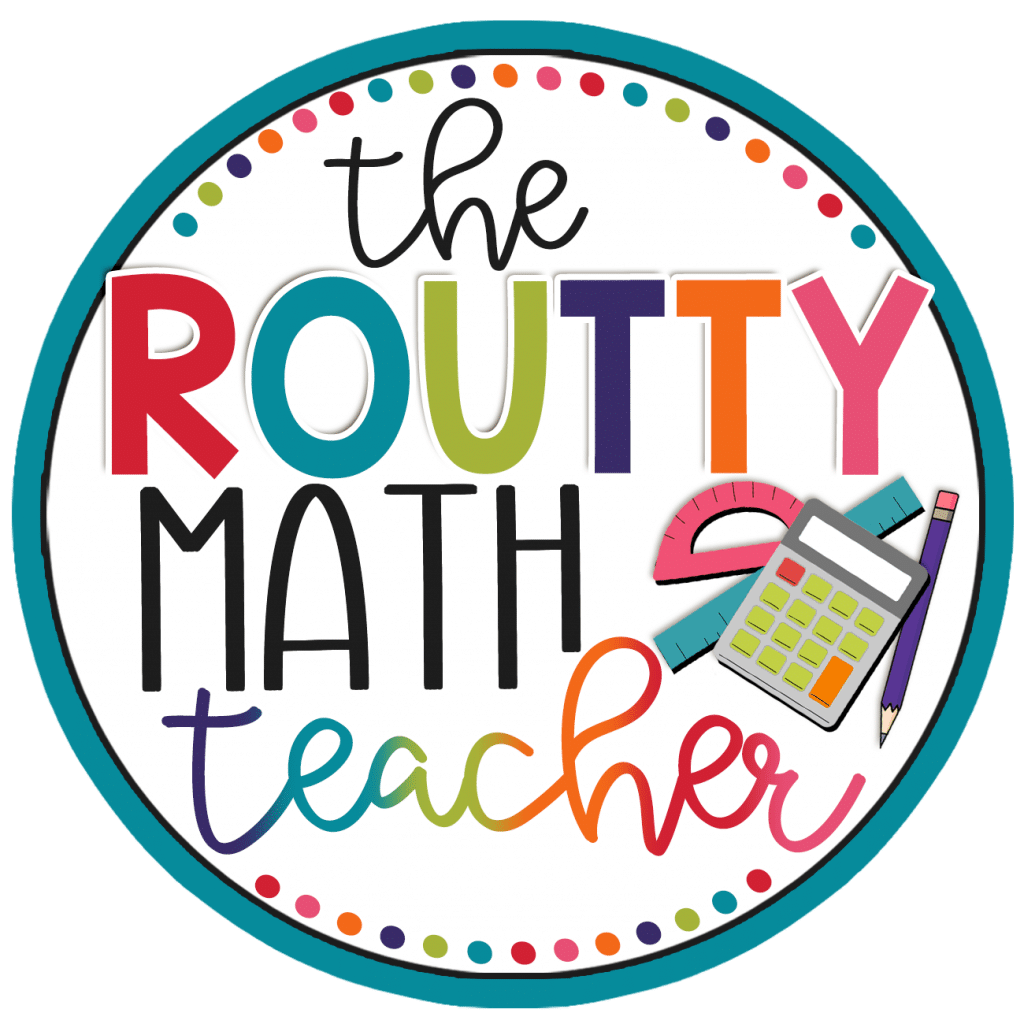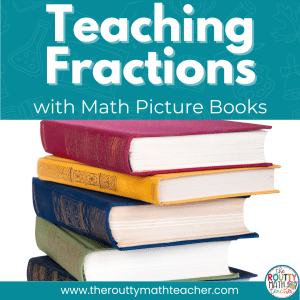Kick Start Your School Year with Problem Solving
One of my favorite activities in the classroom is problem solving. It’s such an important skill! We use it many times throughout our day without even thinking about it. In fact, this is a great introduction to problem solving– make a list of all of the problems in your world you solved today or this week, such as what time to set the alarm clock for or how much time is needed to walk to school each day. Then have students discuss the strategies they used to make a decision. Create an anchor chart for these ideas and refer to them as they reappear in future discussions. Hopefully, students will begin to notice that they use some of the same strategies to solve problems outside of math class as they do inside it.
I like to get started using problem solving in the classroom during the first days of the school year so that students understand the importance of it and that it will be a part of what we do every day. During math time, my problem solving component has two goals:
 |
| Click the picture for a free download. |
- Understand How to Analyze Story Problems– While the situations are not always authentic and the problems are generally more routine, I consider this to be a form of problem solving because the students learn how to analyze the problem for the parts needed to begin solving it. This not only supports the work we do to prepare for our state assessment, but it also provides a training ground for the more non-routine problems that I like to use. Depending on the grade level of the students, I use my RACE or J.U.S.T.I.F.Y. problem solving models to accomplish this goal.
- Solve Non-Routine Problems– These are my favorite type of problems to use in the classroom; however, they do require more time to allow the students to understand and then solve them. The understanding piece is aided by the initial process that I mentioned above. Non-routine problems are ones that cannot be solved by simply adding, subtracting, multiplying, or dividing to find the answer. They require students to develop and execute a plan of action and can often have more than one solution.
- File Cabinet: Problem Solving– Follow the link for free resources.
- Problem Solving & Critical Thinking Packs at my Teachers Pay Teachers Store- There are a variety of resources here, including some holiday-themed packs.
- The Routty Math Teacher Problem Solving & Critical Thinking Pinterest Board– This board is a collection of ideas and resources that can be used in the classroom. I do add to it regularly.
- Textbook Problems- Don’t disregard this useful tool; however, be sure to remove the answer choices and add extra information to help students practice critically analyzing the problem.





